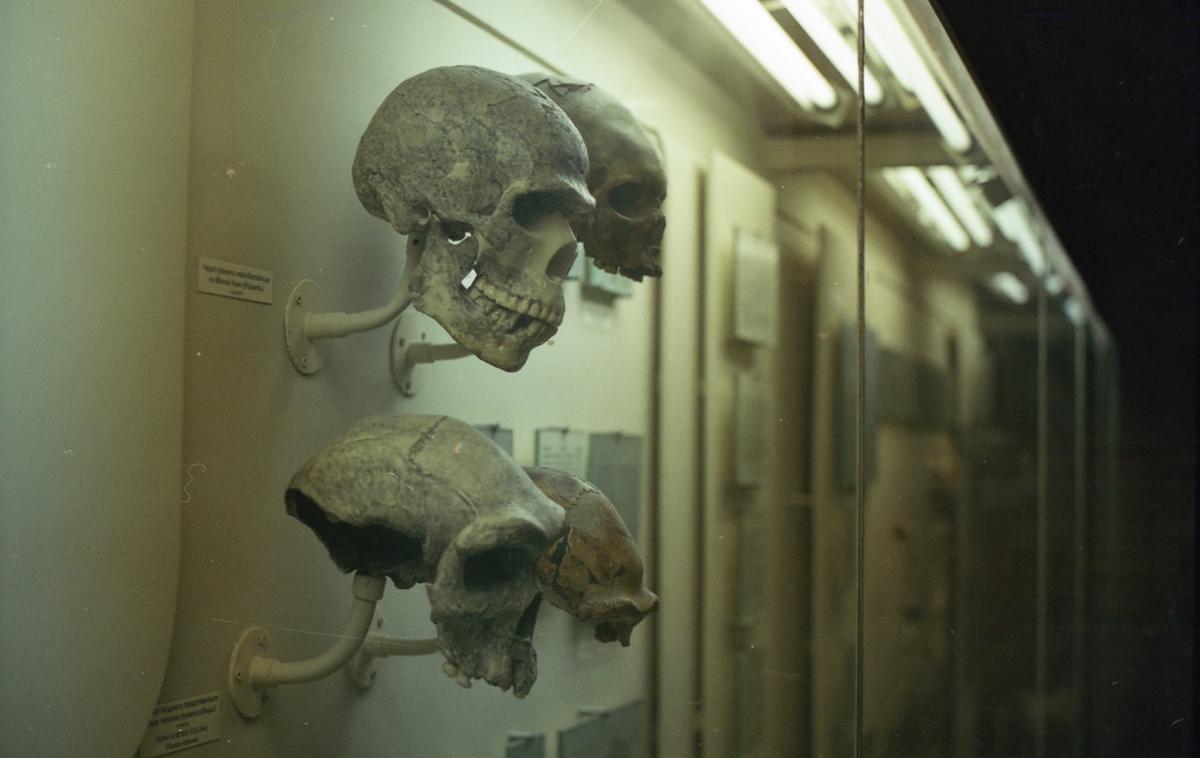Paleogenomics, a Glimpse to the DNA of the Past
 Image credit: Unsplash
Image credit: Unsplash
Do you remember that famous dinosaur movie released in 1993, in which some scientists brought the enormous reptiles back to life to create a theme park on a remote island? In the movie, the scientists obtained dinosaur DNA from blood samples preserved in mosquitoes fossilized in amber. Since the samples were very ancient, the dinosaur DNA was degraded and incomplete, so they used amphibian DNA to fill the gaps and bring back the prehistoric reptiles. Such as in the movie, real-life scientists are also interested in the recovery and study of ancient DNA samples from extinct organisms. Not to bring them back to life, but to answer relevant scientific questions. This can be achieved by sequencing and analyzing a paleogenome, the genome of an extinct organism; for example, the genome of a mammoth, the neanderthals, or an extinct plant. In the present article, we’ll explore what it is about and a few applications of the scientific field that aims to reconstruct and study ancient DNA: paleogenomics.
A paleogenome is the genome of an extinct organism; for example, the genome of a mammoth, the neanderthals, or an extinct plant.
DNA is the molecule that contains the information necessary for the development and functioning of all organisms. DNA is composed of four basic units, known as bases, which are often represented with the letters “A” (adenine), “T” (thymine)”, “G” (guanine), and “C” (cytosine). These four bases occur one after another in a determined order or sequence. The main difference between my DNA, your DNA, bacterial DNA, and dinosaur DNA lies in their sequence and number of bases. A DNA sequence can be obtained by means of a specialized instrument known as a DNA sequencer. The result of a sequencing experiment can be stored in several text pages (such as this) full of letters; for example, “ATGACGTACAGTAC.” Knowing the complete sequence of a genome - all of the DNA of an organism - can help us to know what species or individual it belongs to, how it works, whether it is more susceptible to certain diseases (such as cancer), among other things.
Paleogenomics is the scientific field that aims to reconstruct and study ancient DNA.
It’s relatively easy to obtain DNA to reconstruct the genome of a living organism. For example, DNA can be obtained from blood or saliva to sequence your genome. But how to obtain DNA from an extinct organism? Similarly to what the scientists did in the movie that I mentioned above: it can be obtained from remains of organisms preserved in the environment. As in the movie, ancient DNA is degraded and incomplete. In fact, DNA can only be preserved in the environment under particular conditions, such as frozen places or caves, and it only lasts for a few thousand years. The oldest paleogenome that has been sequenced so far is about 700,000 years old and was obtained from horse bones frozen in permafrost. Unlike what it is described in the movie, a paleogenome cannot be filled with amphibian DNA, but a reference genome is required as a model to reconstruct it. This reference genome must belong to an evolutionarily closely related organism. For example, the human genome could be used as a reference to reconstruct the paleogenome of the neanderthals.
Knowing the complete sequence of a genome can help us to know what species or individual it belongs to, how it works, whether it is more susceptible to certain diseases, among other things.
Although incomplete, the study of paleogenomes gives us a glimpse of the ancient past to explain some of the present-day biological phenomena. For example, study of the paleogenome of cave bear (Ursus spelaeus Rosenmuller; an extinct bear species that lived in Europe) and its comparison with modern bears has helped to explain some of the biological factors that might have brought cave bears to extinction, and it could help to design strategies for the conservation of modern bears. Study of the maize paleogenome can give information, which cannot be obtained from modern maize genomes, about the genetic basis of its domestication process, and thus keep improving this crop. There are other applications of paleogenomics in the fields of medicine, anthropology, etc.
Although incomplete, the study of paleogenomes gives us a glimpse of the ancient past to explain some of the present-day biological phenomena.
In summary, paleogenomics is the scientific field that aims to reconstruct and study DNA of extinct organisms by means of advanced sequencing technologies and comparison with DNA of modern organisms, and it gives us information about ancient genetic elements that could help to explain present-day biological processes.
- This post is a translated version of the original article published in Spanish at the Cakotanú Science magazine.